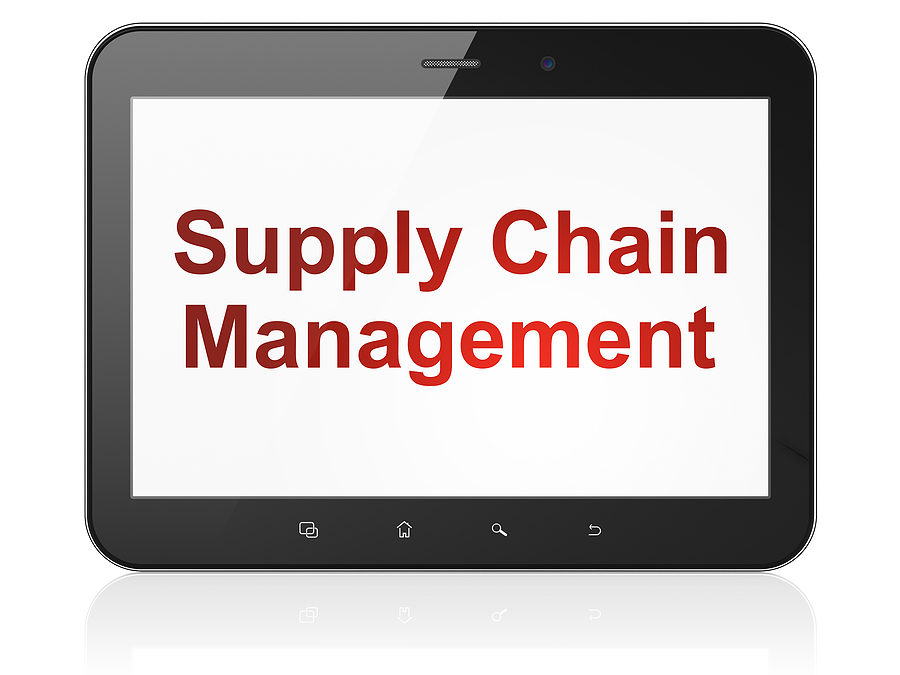Supply chain management dealt with massive shifts and changes last year. Facing everything from economic pressures to trade disputes and a global pandemic, change in 2020 was unpredictable at best. On top of those stressors, certain problems compounded as some companies shut their doors to the virus while others had to shut their doors for good.
If you dealt with any of these issues directly or indirectly, you’re not alone: Recent research from Alloy revealed that most manufacturers and distributors felt the effects of the rapid changes brought about by the pandemic.
- Among companies that faced supply chain disruption over the past year, a third said it took a month or longer to recover.
- The pandemic impacted 95 percent of companies—yet only 56 percent had a plan to deal with disruptions from China.
- Only 27 percent had full visibility into their supply chain.
Even if you faced many of these same changes or struggles, they don’t spell the end. Supply chain management is usually challenging—though 2020 was more so than usual—but there are ways to make sure your products still get to your customers so that both your businesses can keep going.
Four Tips to Remain Flexible in Supply Chain Management
There are several ways in which distributors meet the challenges of change. Here are a few tactics for remaining flexible and able to meet customer demands.
- Alternative Suppliers
Smart distributors have a list of alternative suppliers at the ready in case of supply chain disruption. It doesn’t matter where or why a disturbance originates—it could be a virus or political turmoil—but disruption is a fact of life. Pre-vetting a list of suppliers before you need them ensures you’ll be able to find replacement goods any time you encounter delivery problems.
- Supply Chain Visibility
Improving supply chain visibility is essential to surviving disruptions. Transparency along the entire supply chain can help you not only identify critical delays and shortfalls among current suppliers, but also find new ones in time to fill customer orders.
- Estimating Actual and Potential Availability
Good ERP software can help you gain insight into actual product availability in your warehouse. The ability to scan items into receiving and immediately update your ERP system through cloud software provides real-time visibility into stock counts. With an integrated and visible supply chain, you may be able to assess potential availability. By viewing both actual and potential stock, you could close more sales or larger sales with confidence.
- Optimizing Personnel Safety
Your distribution warehouse is only as good as the people running it. Any time critical employees are injured or sick, you may find yourself scrambling to fill orders. Focus on personnel safety issues by ensuring you have adequate personal protective gear, hand sanitizer, washing stations, and other necessary supplies. Consider running updated safety training. Keeping everyone healthy and safe is vital to keeping your operations running.
The Link Between CRM and Supply Chain Management
In addition to taking these steps to ensure a flexible approach to supply chain management, there’s another option available: Your CRM system offers insight into operational forecasts you may have overlooked. CRM systems track sales at the customer level, but can also provide data that enables you to improve forecasting. Using the full suite of tools available within your CRM system may help you:
- Predict customer ordering patterns
- Identify periods of high and low demand
- Forecast according to these patterns
Data within CRM systems can also be organized according to product sales instead of by customer sales. This will enable you to view and potentially predict spikes in specific product sales, as well as identify laggards and create incentives to boost lackluster sales.
Instead of relying solely on the finance system for forecasting data, a combination of elements from the CRM system, operations, and finance may provide a more accurate forecast. Because the CRM reflects past sales by customer and product, you have two additional data elements to analyze for better supply chain management.
Good Supply Chain Management Needs Clean Data
Using both the tips to improve supply chain management and the CRM system to enhance forecasting ability relies upon your company’s ability to input clean, accurate data into the system. Customer and product data must be kept free from errors. While product data can be updated through the warehouse and distribution center, customer data may need a third-party mailing list provider to scrub the list of errors. If your company sends paper-based catalogs or other direct mail, ask the mailing company to run an update file of change of addresses against your database.
Your company will save time, money, and headaches if you consolidate duplicate addresses, as well. Have your list vendor flag duplicates and provide a report that can be reviewed by your sales staff or others within your company to remove duplicates and correct mistakes in the address fields manually.
No More Business As Usual
Distributors continue to face a world in which supply chain disruption is the norm. There’s no such thing as business as usual in this environment. To succeed, your company must remain flexible and adapt to new opportunities, challenges, and threats as it continues to sell products in a world where ports, airports, and transportation centers can close at a moment’s notice. Taking steps to remain flexible, minimizing risk, and using CRM and other data sources to pinpoint opportunities is an excellent step to keeping your business healthy and viable.
ASI Facilitates Supply Chain Management
Ready to boost your 2021 supply chain management to the next level? ASI has been helping businesses automate and integrate processes to keep supply chain management running smoothly for the last 30 years. Whether it’s cloud, on-premises, or a hybrid solution, let our experts help you navigate complex supply chain needs with easy to use, automated solutions. Be confident in your supply chain management success for 2021. Get your free software consultation now.

